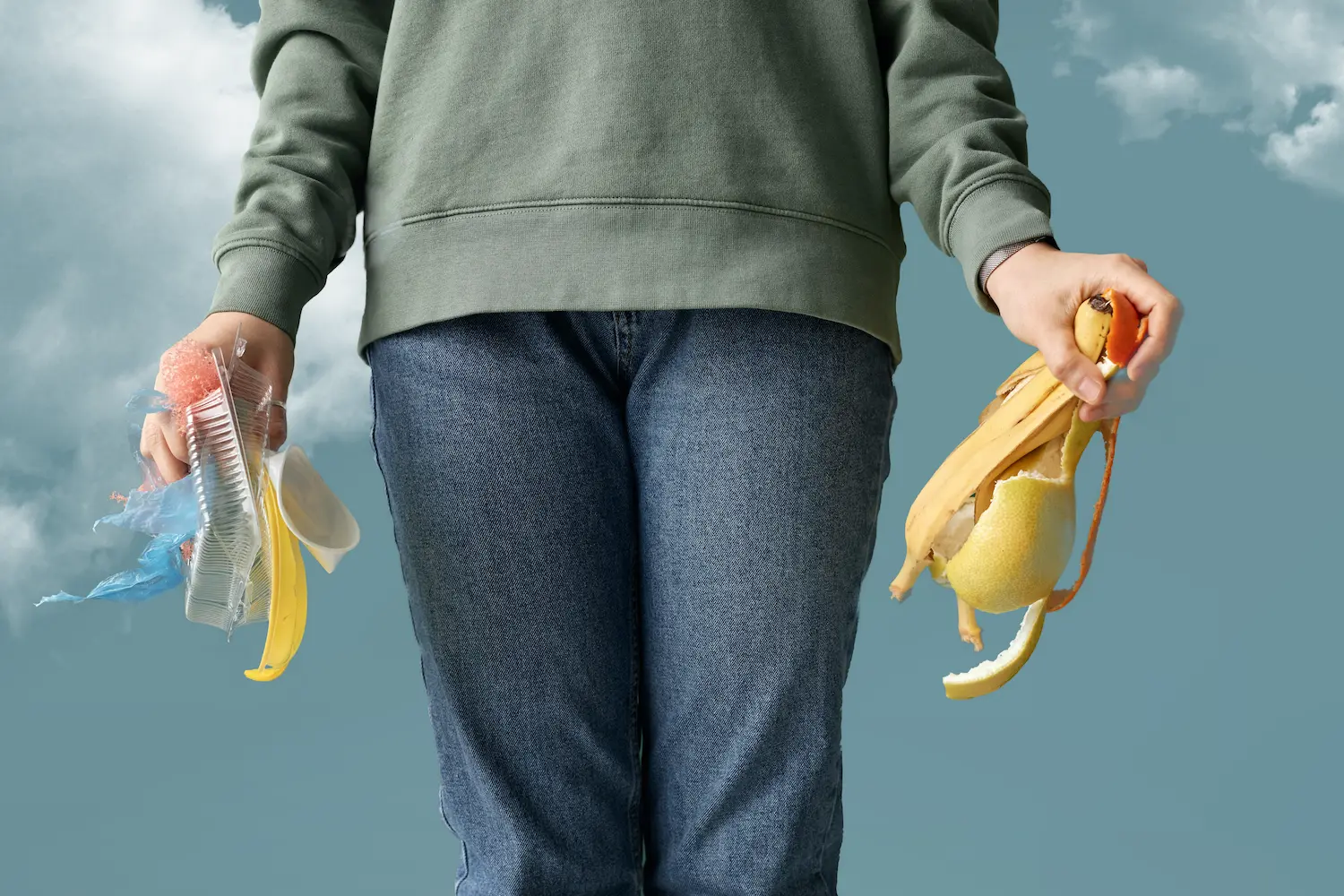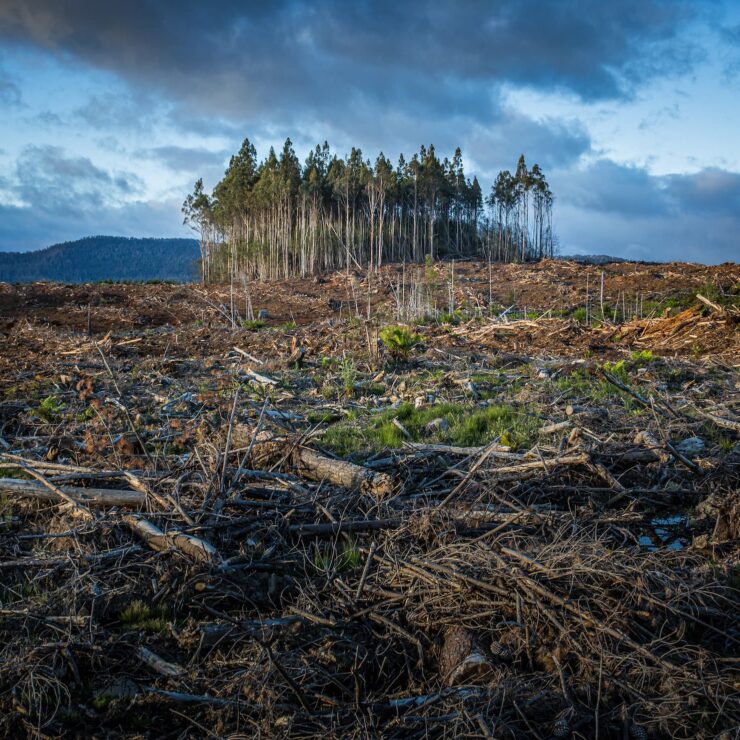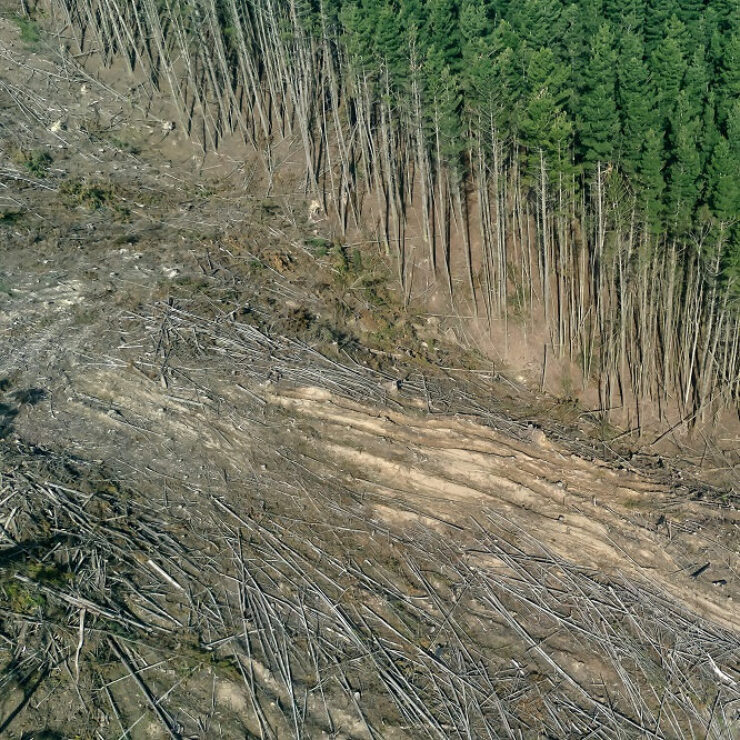Recycling is one of the easiest ways to give your contribution to a more sustainable world. If you want to reduce your carbon footprint and make your home more environmentally friendly, setting up recycling bins is a good place to start.
In many Estonian homes, bottles and paper are already separated from other waste. That being said, there’s a lot more that could be done.
What is recycling?
Recycling is converting waste and materials that are not used anymore into new objects. Through recycling, we can prevent and reduce the littering of nature and the environment and the generation of new waste. Furthermore, it helps save energy and limit the use of natural resources.
What can be recycled?
Estonia has set a goal of recycling 55% of household waste by the year 2025. Right now, the percentage is around 30. A few years ago, the Stockholm Environment Institute conducted a study that showed that the majority of household waste is made up of paper (18%) and biological waste (33%).
This indicates that we need to put our main focus on recycling these types of waste. Of course, glass, metal, and plastic need to be recycled as well.
How to recycle?
According to the data from 2020, an Estonian generates an average of 383 kilograms of waste a year. Although the amount has decreased compared to 4 years ago (an average Estonian generated 405 kg of waste in 2018), it’s still way too much.
Fortunately, recycling bins can be found in both big cities and smaller towns. To take your trash to the recycling bins, though, you need to sort the waste beforehand at home. Household waste can be divided into five categories – paper, plastic, and metal, organic waste, and rubbish that can’t be recycled.
- Paper – newspapers, magazines, books, and printing paper all go to the paper recycling bin. In addition, you can stick paper and cardboard boxes there that used to contain your oatmeal or granola in there. Paper plates and coffee cups without a proper label should not go to the paper bin.
- Metal and plastic – washed yogurt cups, metal jars, plastic bags, and lids go to this bin. Dirty packages and foamed plastic should not be put together with clean metals and plastics.
- Organic waste – organic waste includes food leftovers, coffee grounds, tea leaves, eggshells, flowers, and napkins. Liquids, paper with a wrapped or waxed surface, cigarette butts, and textiles are not suitable for the bio-waste container.
- Glass – clean glass jars and bottles should be put into the glass recycling bin. Window glass and glassware should not be put here.
- General waste – general waste includes almost all other types of waste that do not suit the previously mentioned categories. Hazardous waste and medications should be separated and should not go to the general waste bin. You can take your old medications back to the pharmacy and hazardous waste to a designated facility.
Plastic makes up around 18% of household waste. Sometimes a cucumber is wrapped in it, other times it can be found around tomatoes, bell peppers, and cauliflowers. Furthermore, you can find peanuts, candies, sauces, and household chemicals packaged in plastic. No matter the shape and size of the material, one thing is certain – it needs to be recycled.
How to recycle plastic?
Recycling hard plastics is the easiest. Bottles of ketchup, mayonnaise, and windshield washer fluid can be recycled straight after you give them a small wash.
It’s a bit more complicated with candy wrappers, milk bags, and other soft plastics. If you’re unable to fully wash the package, you need to throw it in the general waste bin.
Bags and boxes are often made from different materials, for example, the mix of plastics and paper. For example, a yogurt cup is made from 4 components: metal (foil lid), paper, a see-through plastic lid, and a white plastic cup.
It doesn’t matter whether we’re talking about cottage cheese or soy yogurt, recycling of the package is done the same way. After you’ve finished eating the goodies inside the cup, remove the plastic lid, and the aluminum foil. Then tear off the paper cover and rinse the plastic cup.
You can throw the paper cover in the scrap paper bin where the read newspapers and granola boxes already lie. Put the foil and plastic in the metal and plastic container. With these simple steps, you are already contributing to a more sustainable world.
How clean is clean enough?
Before you can take a package to a recycling container, you need to wash it. That goes for all plastic, metal, and glass packages.
Luckily, you don’t need to spend a ridiculous amount of time on the wash. Just make sure it’d be clean from bits of food. As mentioned, a package that can’t be cleaned, such as a milk bag or a toothpaste tube, should not be taken to the recycling bin. Dispose of them as general household waste.
What can be taken to a disposal facility?
What to do with an old phone? Where should you take tires, fuel filters, and empty paint cans? A disposal facility, of course!
Hazardous waste, car tires, and other types of waste that are not regularly removed by the waste carrier can be taken to a disposal facility. Among others, these are some of the things you can take there:
- Hazardous waste, tires and other waste that is not regularly removed by the waste carrier can be taken to a landfill. Acceptable items include:
- batteries and accumulators;
- light bulbs;
- printer inks, toners, and cartridges;
- paints and adhesives;
- contaminated household chemical packages;
- oil and fuel filters;
- household appliances and electronics.
Before you start taking your hazardous waste to the facility, check the website of the place to see exactly what types of trash they accept.
Why is there disposal cost?
Although disposal facilities accept some kinds of waste free of charge, many ask you to pay. Simple logic would lead us to think that a 0-dollar disposal cost would motivate people to recycle more than they do now. Why is there still a fee, then?
The reason is simple. Kaupo Heinma, the chairman of the Environmental Management Bureau of the Environmental Board of Estonia explains that the “pollute and pay” principle is applicable in environmental protection. In other words, the one to create waste is the one who should pay for it.
What can be taken to the Re-use Center?
The Re-use Center is a place where you can take those things that are still in good condition but that you don’t no longer use. There, you can give them a new life. You can take the following things to the Re-use center:
- Clothes that you no longer wear. If a shirt or a nice pair of boots has been under a layer of dust in the bottom of your closet, take them to the Re-use Center. Perhaps they’ll find a new owner.
- Books that you no longer read. If you don’t want to build a tower on the corner of your desk from reading books, you can take them to the Re-use center. Keep those masterpieces that you’re planning to re-read and give the other ones a new chance elsewhere.
- Kitchen utensils that you don’t use. Sometimes we buy things we don’t need, it happens to the best of us. If you have a vegetable spiralizer or a juice press at home that you never use, better take it to the Re-use Center.
- Old toys. If your kid has grown out of the teddy bear phase or if the Christmas presents you received don’t seem interesting anymore, you can give them a new life in the Re-use Center. If they’re collecting dust, here’s probably somebody who needs them more than your kid does.
In the 21st century, recycling should be a natural part of every human’s life. There are many ways to recycle – it doesn’t have to be difficult. In addition to putting different materials in different bins, you can craft birdhouses from juice boxes, and store spices and teas in glass jars.




